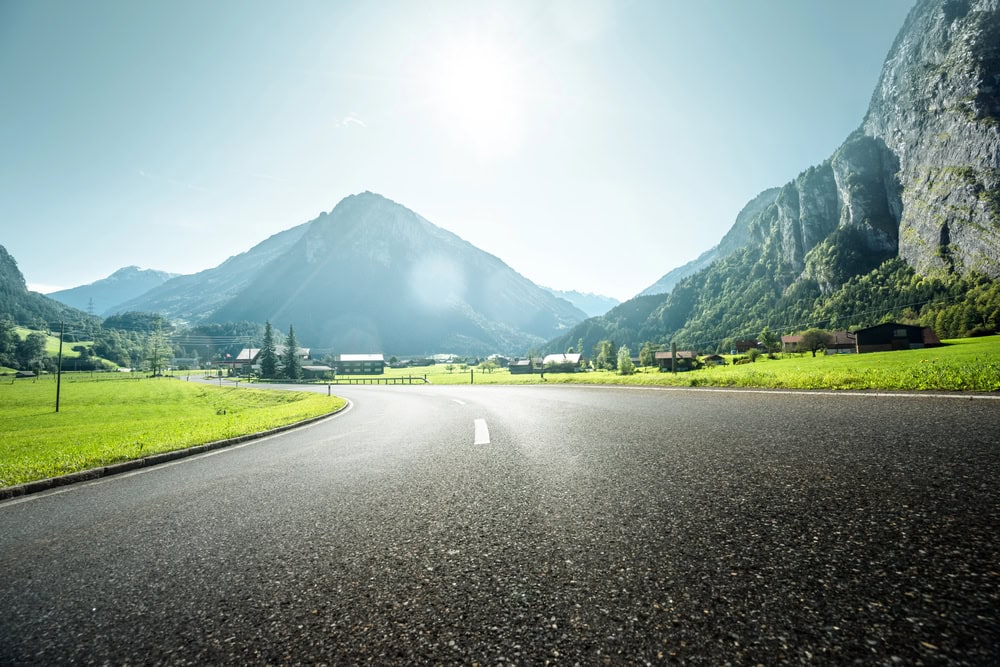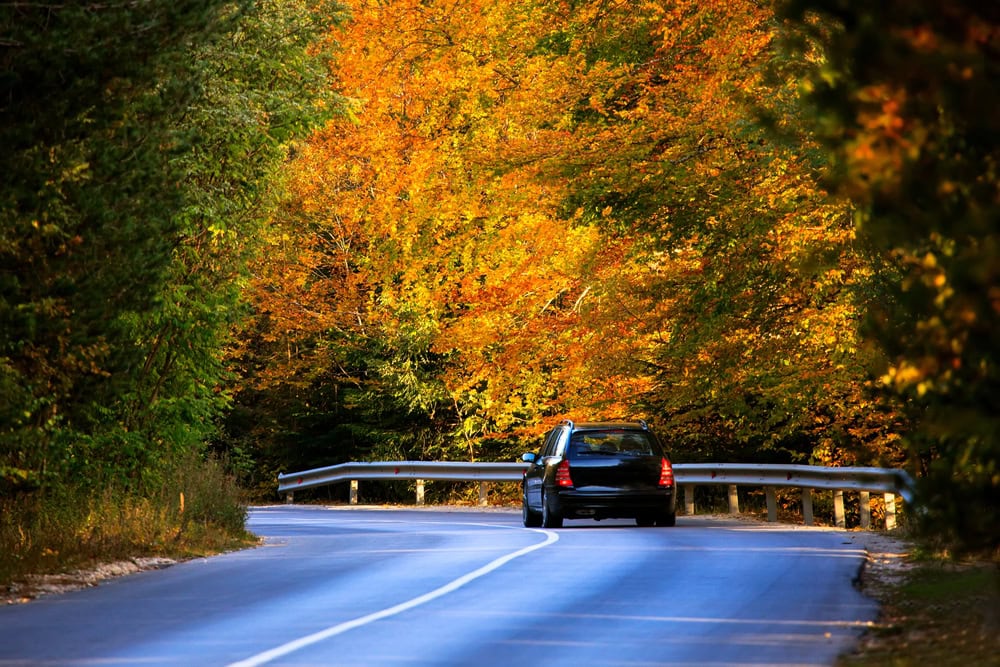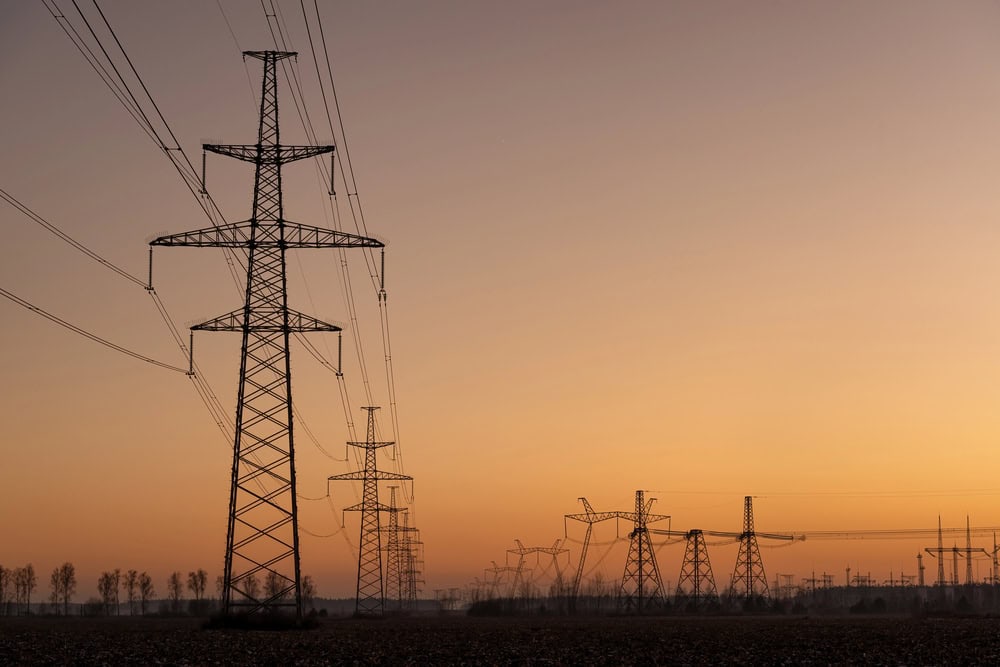Use mountain bike safely
More and more people in Switzerland are mountain biking. The number of accidents is also rising steadily. For the first time, the bfu has now surveyed what equipment mountain bikers are wearing. Almost all of them wear a bicycle or full-face helmet. Parts of the body other than the head are protected much less frequently.

In Switzerland, there are nearly 9000 mountain biking injuries every year - and an average of two people lose their lives during Accidents their lives. The trend is increasing because mountain biking is becoming more and more popular. When injuries occur, the shoulders, arms and hands, the torso area and the legs are most frequently affected. The bfu (Swiss Council for Accident Prevention) has now published the first study on how mountain bikers protect their bodies. At 40 popular Swiss mountain bike trails and routes, the use of the personal protective equipment of a good 1400 people were surveyed.
93 percent of the mountain bikers observed and surveyed protect themselves with a helmet. For downhill riders, full-face helmets and bicycle helmets are on a par. On bike tours, however, the classic bicycle helmet predominates. The helmet-wearing rate of mountain bikers is thus significantly higher than that of cyclists in road traffic, which is only 46 percent.
Piste bikers: shoulders and elbows often unprotected
In addition to the helmet, the majority of mountain bikers on routes and slopes also wear protective or sports glasses and cycling or long-finger gloves. Piste bikers who take greater risks should, in addition to the Head protect other parts of the body. They do this with varying degrees of consistency: a majority wear protectors for the knees and back. In the minority are bikers with Protectors for the elbows, shoulders and chest. Neck and shin protectors are worn least often.
bfu tips for safe mountain biking
Low-risk mountain biking starts with a realistic self-assessment, a technically flawless bike and personal protective equipment. Christoph Müller, mountain bike expert at the bfu, advises: "On routes, you should protect yourself with a helmet, sports glasses and long-finger gloves. On slopes and in bike parks, we recommend additional protectors, for example for the back, elbows and knees."
Headphones and cameras rare
Listening to music seems to be only a marginal phenomenon on mountain bike trails. Only one in forty was wearing headphones during the surveys. The proportion of mountain bikers with helmet cameras was similarly low.
The Survey was carried out by the bfu experts by means of observations and surveys. In the future, it will be repeated every two years.
Text: bfu, Swiss Council for Accident Prevention









